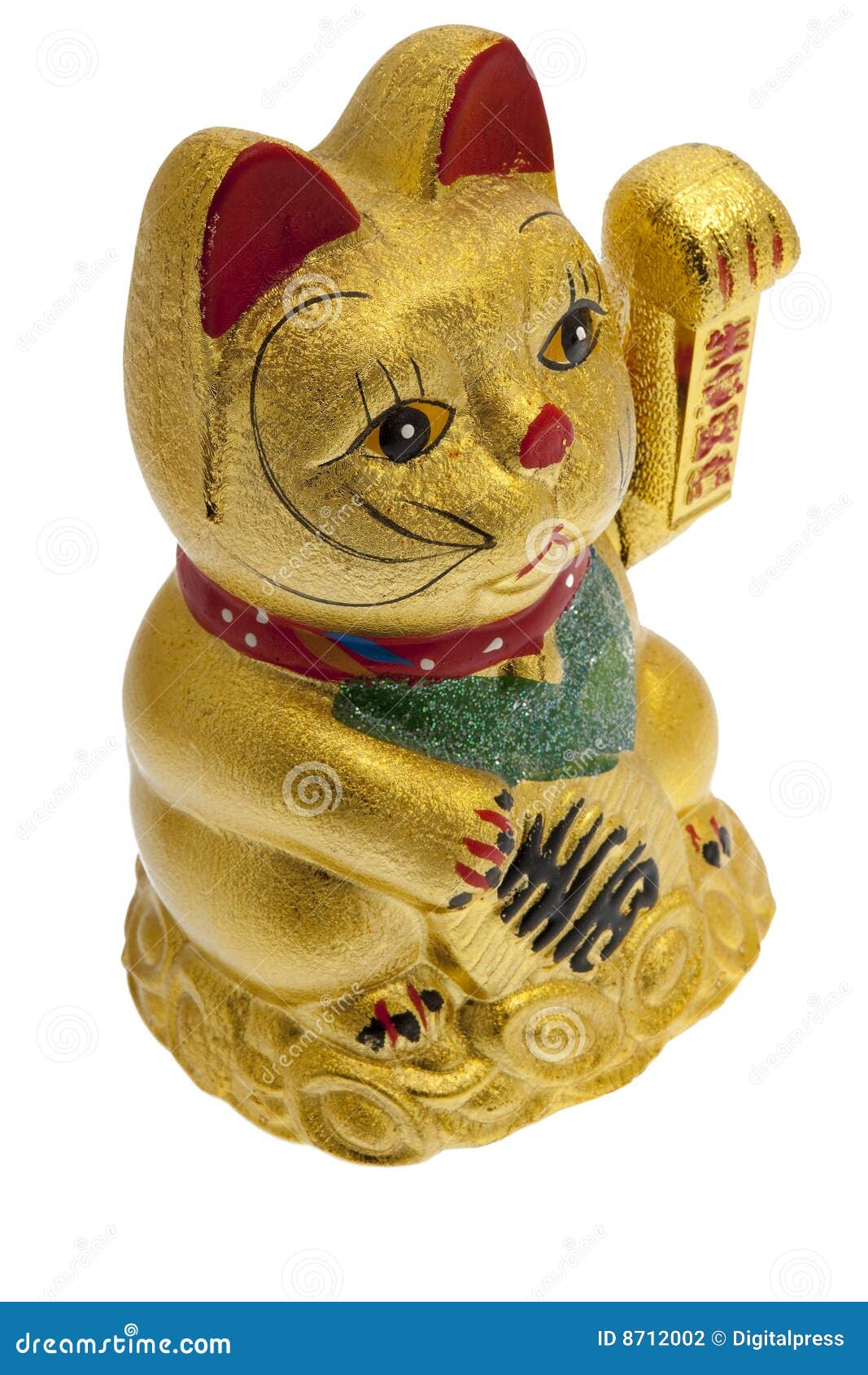

The underbelly, inner legs, and the underside of the tail are white. Gray individuals are often referred to as "fire cats." Asian golden cats have white lines with black borders that run vertically from the top of the head to the medial side of the eye and downwards across the neck. Individuals of a variety of coat colors have been reported, including gold brown, brown, black, fox red, and gray. Their tail is one half to a third of their size ("Asian Golden Cat" 2001). ( Brocklehurst, 2007 Grassman, 2005 Wilting, et al., 2010)Īsian golden cats are moderate sized felids with a head and body length of 116 to 161 cm. Although habitats are variable within the sanctuary, Asian golden cats did not show a preference for any particular kind of habitat. Radio-collared individuals in the sanctuary were recorded at elevations 3,738 m, the highest elevation recorded for this species (Grassman et.

The Pho Khieo Wild Life Sanctuary in Thailand is considered ideal habitat for Asian golden cats, consisting of closed forest, grassland, and an abandoned orchard.

They are found at elevations of 1,100 to 3,738 m (average 2,517 m). ( Azlan and Sharma, 2005 Brocklehurst, 2007 Grassman, 2005 Wilting, et al., 2010)Īsian golden cats are primarily found in forests ranging from tropical/subtropical evergreen forests, mixed and dry deciduous forests and tropical rain forests (Brocklehurst Wilting et.al 2010). 2005) and the Jerangau Forest Reserve (Azlan and Sharma 2005). Asian golden cats are now also found in wildlife sanctuaries, Phu khieo (Grassman et al. Although vegetation and high variation of habitat should allow this species to thrive, their range has been limited by expansion rates of humans and poachers (Brockhlehurst). Asian golden cats, Catopuma temminckii, can be found in the Oriental region and parts of the Palearctic region of southwestern Asia, ranging from China and India through the Malay peninsula, Thailand, and Vietnam (Wilting et.al 2010).


 0 kommentar(er)
0 kommentar(er)
